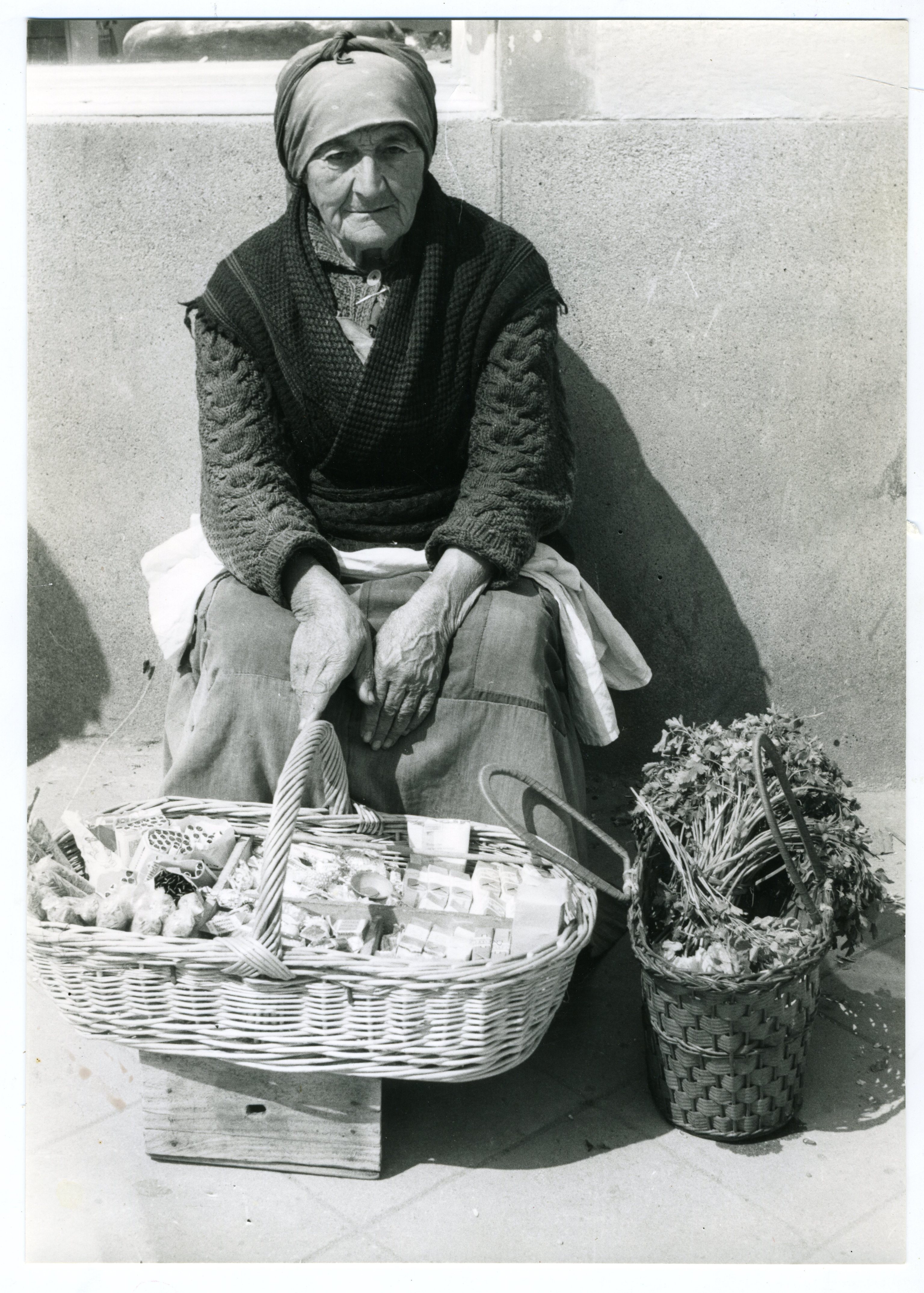Ecos de verbena (IV) Bravo Murillo street: from the cradle of rags to the mecca of gambling houses
Ecos de verbena (V) Benita Pastrana, the 'other' Manuela Malasaña who only remembers a plaque
The author of the image that accompanies these lines tells that, at the time of being taken, with the loading and unloading of the Central Fruit and Vegetable Market of Legazpi already concluded, women and children took the opportunity to collect the remains of the merchandise from the ground that nobody claimed. He also says that capturing this type of scene with his camera was not easy. And that, after some "stumble" with the Civil Guard, the film was seized on more than one occasion.
"They told me that people like me were to blame for the image of Spain abroad," he
says on the other end of the phone.
At 90 years of age,
Juan Jiménez Salmerón
treasures many prints like this one in his memory and also in his archive. Graduated from the Institute of Optics belonging to the CSIC, his training as a photographer was carried out together with Jorge and Vera Leisner. He took several teaching courses at the Kodac House, when photography was "still in its infancy". He worked on projects of the German Archaeological Institute and the General Commissioner for Archaeological Excavations until, in the mid-1970s, he became part of the staff of the National Archaeological Museum, where he held the position of director of its photographic office .
Archeology and photography have always been inextricably linked for him. As with certain moments, those that, if not shared, it is as if they had never been produced,
in his eyes, the object that is not photographed does not exist
. "Photography is what gives life", sentence. Those who know his work best reiterate that his work has been vital when it comes to recognizing pieces and works that have been altered over the years, or that have been permanently lost and whose image is barely reproduced in a frame. .
But memory does not rest (alone) in display cases
.
Through his other images, those that nobody commissioned him and that he took first with a Nikon and later with a Pentax, it is possible to go through several decades of our recent past. Sample serve
queues hunger in Carabanchel captured during the 60s
. Or the makeshift grocery stalls that stood next to the Puente de Toledo. "That was a disaster," he remembers. "At that time there were no municipal markets and the stalls that were installed on the banks of the Manzanares, on the ground, were the closest thing that the residents of the neighborhood had."
Not far from there, he used to sell his merchandise "Mrs. Anita", an old woman who one day he also photographed.
"He sold cigarettes and trinkets in the vicinity of Antonio López Street to help his family," recalls the photographer.
"One day, another old man stood near her with a basket of sweets and when asked about the competition that could arise between them, the woman replied:
'the sun always rises for everyone'
".
JUAN JIMÉNEZ SALMERÓN |
MEMORY LIBRARY OF MADRID
According to the criteria of The Trust Project
Know more
Carabanchel
Madrid
Spain
Civil Guard
Photography
culture
Events Identified the foot found after a flood in Arganda: it is a former drug trafficker and protected witness who disappeared after a bullfight in Las Ventas
CultureSantos Yubero, the rogue, authentic and captivating photographer: Indalecio Prieto got him out of jail, Carmen Polo adored him
Space Rock Dispute The Meteor "Thief" (Who Didn't Steal It)
See links of interest
The Palm
Last News
What
2022 business calendar
Christmas Lottery 2021
Search Christmas lottery number
Check Christmas Lottery
Covid passport
Holidays 2021
Loteria del Niño 2022
Spain - Georgia, live
Osasuna - Elche
Eibar - Girona

